BY DANI – APRIL 16, 2024

Welcome to our comprehensive guide on creating a stunning xeriscape garden in Texas! Xeriscaping, a landscaping method that emphasizes water conservation, is especially relevant in Texas due to its arid climate. By incorporating low-maintenance plants into your xeriscape design, you can achieve a beautiful landscape while conserving water and reducing maintenance efforts. In this guide, we’ll introduce you to 30 popular plants that thrive in Texas xeriscapes, allowing you to enjoy a vibrant garden with minimal upkeep
Agaves are iconic succulents known for their striking rosette form and low water requirements. Varieties like Agave americana and Agave parryi thrive in Texas’s hot and dry conditions, making them ideal choices for xeriscaping projects. These plants require little maintenance once established and add a sculptural element to your landscape.

Yuccas are tough, drought-tolerant plants that are well-suited to Texas xeriscapes. Their sword-shaped leaves and dramatic flower spikes create visual interest year-round. Yucca filamentosa, commonly known as Adam’s needle, and Yucca rostrata are popular choices for Texas gardens due to their resilience and adaptability.

Purple coneflowers are native perennials that thrive in Texas xeriscapes. These hardy plants produce vibrant purple flowers that attract pollinators like bees and butterflies. Once established, purple coneflowers require minimal watering and maintenance, making them a valuable addition to any xeriscape garden.


Blackfoot daisies are native Texas plants prized for their profusion of small, daisy-like flowers and compact growth habit. These drought-tolerant perennials thrive in full sun and well-drained soil, making them an excellent choice for xeriscaping projects. Blackfoot daisies require little water once established and bloom reliably throughout the growing season.

Texas sage, also known as cenizo, is a popular shrub native to the southwestern United States, including Texas. This drought-tolerant plant features silvery-gray foliage and produces purple, pink, or white flowers after rainfall. Texas sage is highly adaptable and requires minimal water once established, making it an excellent choice for xeriscapes in Texas.

Lantana is a colorful and versatile plant that thrives in Texas xeriscapes. This hardy perennial is prized for its clusters of vibrant flowers, which attract butterflies and hummingbirds. Lantana is highly drought-tolerant and thrives in hot, sunny conditions, making it an ideal choice for low-maintenance landscapes.

Red yucca is a striking succulent native to Texas and northern Mexico. Despite its name, red yucca is not a true yucca but belongs to the Agavaceae family. This drought-tolerant plant produces tall spikes of coral-red flowers that attract hummingbirds, making it a popular choice for xeriscapes and wildlife gardens.
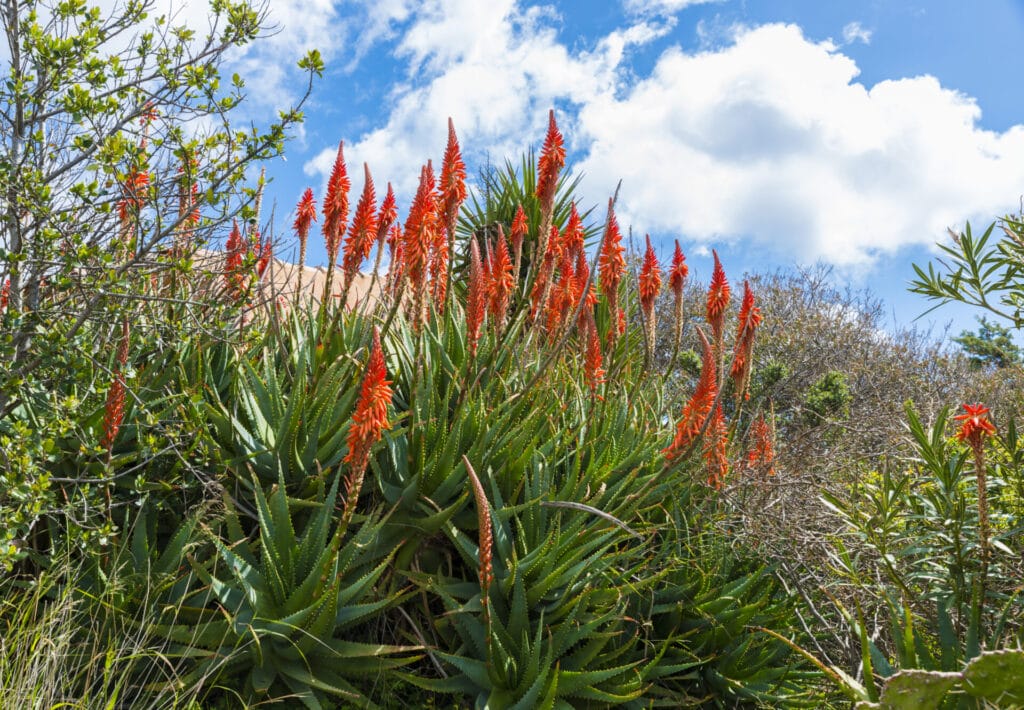
Mexican feather grass is an ornamental grass prized for its fine texture and graceful, arching habit. This drought-tolerant grass forms clumps of slender, green foliage that sway gracefully in the breeze. Mexican feather grass is well-suited to xeriscapes and requires minimal water once established, making it a low-maintenance option for Texas gardens.
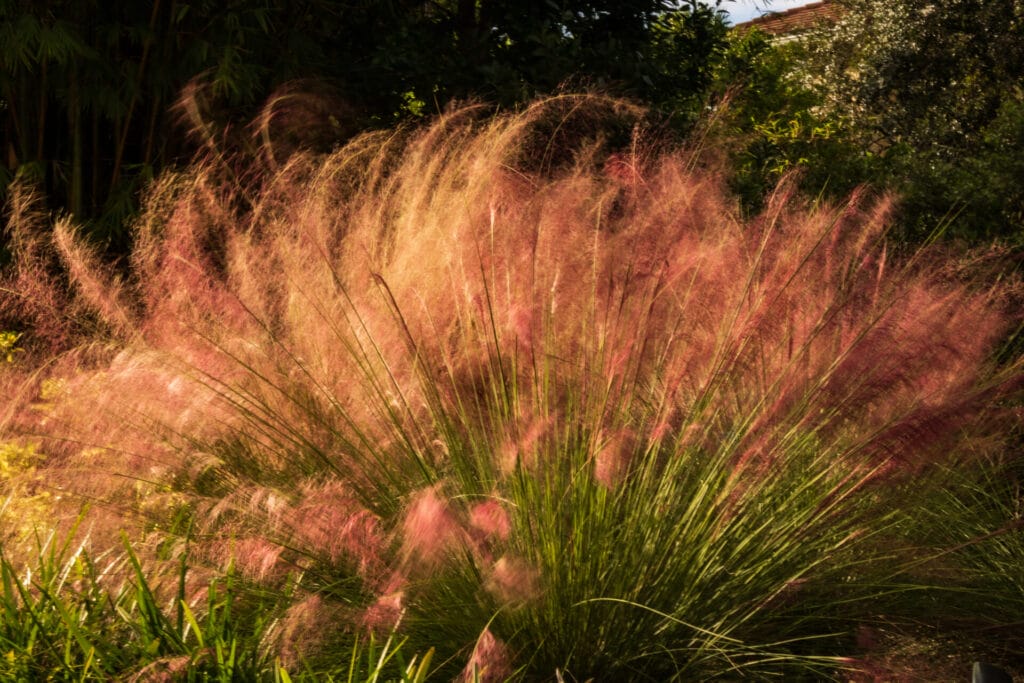

Desert marigold is a cheerful wildflower native to the southwestern United States, including Texas. This drought-tolerant perennial produces bright yellow flowers that bloom profusely from spring to fall, attracting bees and butterflies to the garden. Desert marigold thrives in full sun and well-drained soil, making it an excellent choice for xeriscapes.
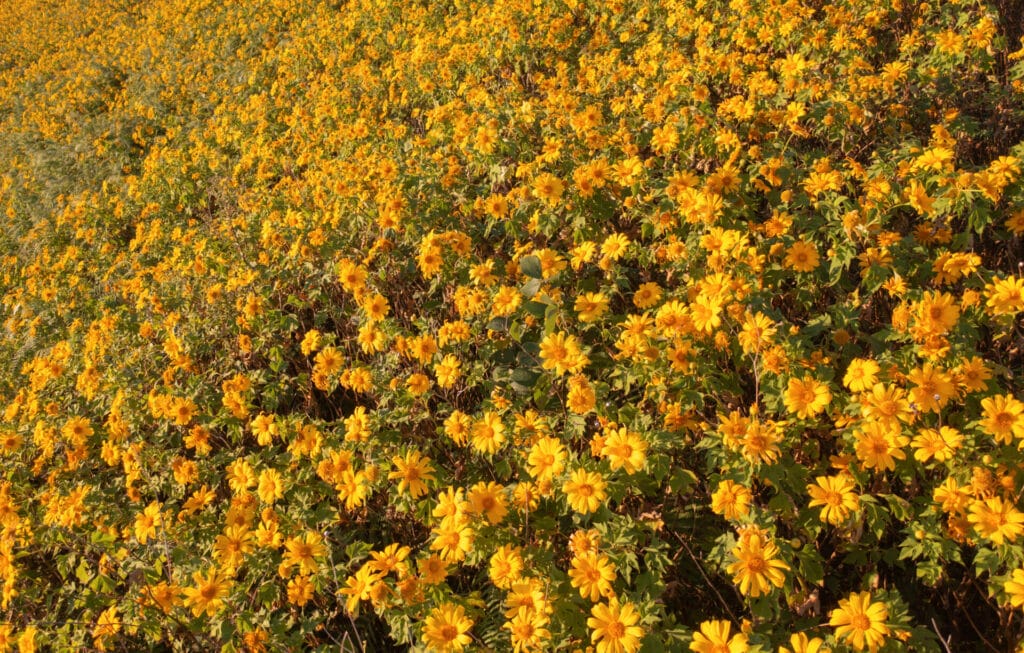
Damianita is a compact, evergreen shrub native to Texas and northern Mexico. This drought-tolerant plant features aromatic foliage and produces clusters of yellow, daisy-like flowers throughout the growing season. Damianita is highly adaptable and thrives in hot, sunny conditions, making it an excellent choice for xeriscapes and rock gardens.

Woolly stemodia is a low-growing perennial native to Texas and other parts of the southern United States. This drought-tolerant plant forms dense mats of silvery-gray foliage and produces small, trumpet-shaped flowers that attract butterflies. Woolly stemodia is an excellent ground cover for xeriscapes and requires minimal water once established.

Jerusalem sage is a drought-tolerant shrub native to the Mediterranean region. This hardy plant features aromatic, gray-green foliage and produces clusters of yellow flowers in late spring. Jerusalem sage thrives in hot, dry conditions and is well-suited to Texas xeriscapes, where it adds texture and color to the landscape.

Autumn sage, also known as cherry sage, is a popular perennial native to Texas and northern Mexico. This drought-tolerant plant produces spikes of tubular flowers in shades of red, pink, purple, or white, which attract hummingbirds and butterflies. Autumn sage is highly adaptable and thrives in hot, sunny conditions, making it an excellent choice for xeriscapes.


Purple fountain grass is a showy ornamental grass prized for its arching foliage and striking burgundy-purple color. This drought-tolerant grass forms graceful clumps that add texture and movement to the garden. Purple fountain grass is well-suited to xeriscapes and requires minimal water once established, making it a popular choice for Texas landscapes.

Desert willow is a small tree native to the southwestern United States, including Texas. This drought-tolerant tree features graceful, arching branches and produces trumpet-shaped flowers in shades of pink, purple, or white. Desert willow is highly adaptable and thrives in hot, dry conditions, making it an excellent choice for xeriscapes and native gardens.
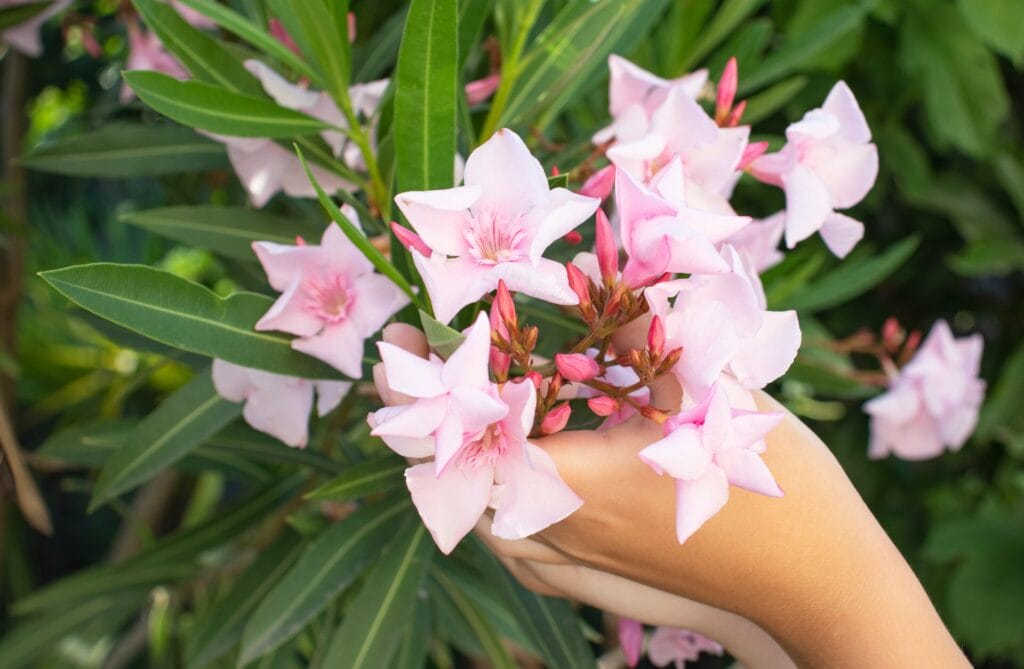
Texas redbud is a small tree native to Texas and adjacent regions. This drought-tolerant tree features heart-shaped leaves and produces clusters of pink or lavender flowers in early spring. Texas redbud is highly adaptable and thrives in a variety of soil types, making it an excellent choice for xeriscapes and native landscapes.

Mexican bush sage is a drought-tolerant perennial native to Mexico and Central America. This versatile plant features velvety gray-green foliage and produces spikes of purple or white flowers in late summer and fall. Mexican bush sage is highly attractive to pollinators like bees and butterflies and requires minimal water once established, making it an excellent choice for xeriscapes.

Hesperaloe is a genus of drought-tolerant plants native to Texas and adjacent regions. These succulent perennials are prized for their graceful, arching foliage and tall spikes of tubular flowers. Hesperaloe species like Hesperaloe parviflora and Hesperaloe funifera are well-suited to xeriscapes and add beauty and texture to the landscape.


Mexican honeysuckle is a drought-tolerant shrub native to Mexico and Central America. This versatile plant features tubular orange flowers that attract hummingbirds and butterflies. Mexican honeysuckle thrives in hot, sunny conditions and is well-suited to xeriscapes and wildlife gardens.

Texas mountain laurel is a drought-tolerant shrub or small tree native to Texas and New Mexico. This evergreen plant features glossy, dark green foliage and produces clusters of fragrant purple flowers in early spring. Texas mountain laurel is highly adaptable and thrives in hot, dry conditions, making it an excellent choice for xeriscapes and native landscapes.

Russian sage is a drought-tolerant perennial native to central Asia. This hardy plant features aromatic gray-green foliage and produces spikes of lavender-blue flowers in late summer and fall. Russian sage is highly attractive to pollinators like bees and butterflies and requires minimal water once established, making it an excellent choice for xeriscapes.

Texas star hibiscus is a drought-tolerant perennial native to the southeastern United States, including Texas. This showy plant features large, scarlet-red flowers that attract hummingbirds and butterflies. Texas star hibiscus thrives in moist, well-drained soil and is well-suited to xeriscapes and water-wise gardens.

Texas lantana is a drought-tolerant perennial native to Texas and other parts of the southwestern United States. This colorful plant produces clusters of small, brightly colored flowers that attract butterflies and bees. Texas lantana is highly adaptable and thrives in hot, sunny conditions, making it an excellent choice for xeriscapes and wildlife gardens.

Butterfly weed, also known as milkweed, is a drought-tolerant perennial native to North America. This important plant for pollinators features clusters of bright orange flowers that attract butterflies, bees, and other beneficial insects. Butterfly weed thrives in hot, sunny conditions and is well-suited to xeriscapes and wildlife habitats.

Firecracker penstemon is a drought-tolerant perennial native to the southwestern United States. This showy plant produces spikes of tubular red flowers that attract hummingbirds and butterflies. Firecracker penstemon thrives in full sun and well-drained soil and is well-suited to xeriscapes and native gardens.


Pink evening primrose is a drought-tolerant perennial native to Texas and other parts of the southern United States. This low-growing plant produces delicate pink flowers that bloom profusely in spring and early summer. Pink evening primrose thrives in hot, sunny conditions and is well-suited to xeriscapes and naturalized landscapes.

Desert four o’clock is a drought-tolerant perennial native to the southwestern United States. This resilient plant features fleshy, gray-green foliage and produces clusters of pink or white flowers that open in the late afternoon. Desert four o’clock thrives in hot, sunny conditions and is well-suited to xeriscapes and native gardens.

Texas bluebonnet is an iconic wildflower native to Texas and other parts of the southwestern United States. This drought-tolerant plant features spikes of blue flowers that bloom in spring, carpeting fields and roadsides with color. Texas bluebonnet thrives in well-drained soil and is well-suited to xeriscapes and wildflower meadows.

Mexican hat is a drought-tolerant wildflower native to the central and southern United States, including Texas. This resilient plant features distinctive flowers with drooping, red-brown petals and a raised center resembling a sombrero. Mexican hat thrives in full sun and well-drained soil and is well-suited to xeriscapes and naturalized landscapes.

Rock rose is a drought-tolerant shrub native to Texas and other parts of the southwestern United States. This versatile plant features velvety green foliage and produces hibiscus-like flowers in shades of pink or white. Rock rose thrives in hot, sunny conditions and is well-suited to xeriscapes and native gardens.
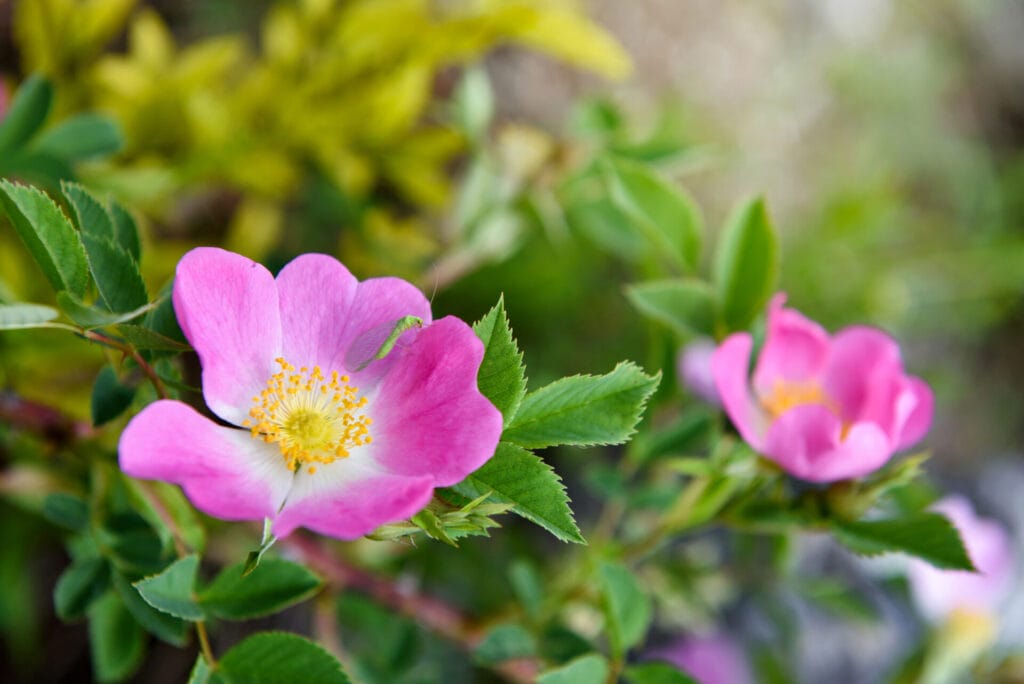
Creating a vibrant xeriscape garden in Texas is both environmentally friendly and visually appealing. By selecting low-maintenance plants that are well-suited to the region’s hot and dry climate, you can enjoy a beautiful landscape while conserving water and reducing maintenance efforts. The 30 plants highlighted in this guide offer a diverse range of colors, textures, and forms, allowing you to design a xeriscape that reflects your personal style and enhances the beauty of your outdoor space. Whether you’re a novice gardener or an experienced landscaper, incorporating these plants into your Texas xeriscape will help you create a sustainable and inviting environment for years to come.
Share this post:
Check other topics that may help you get more insights for your project: